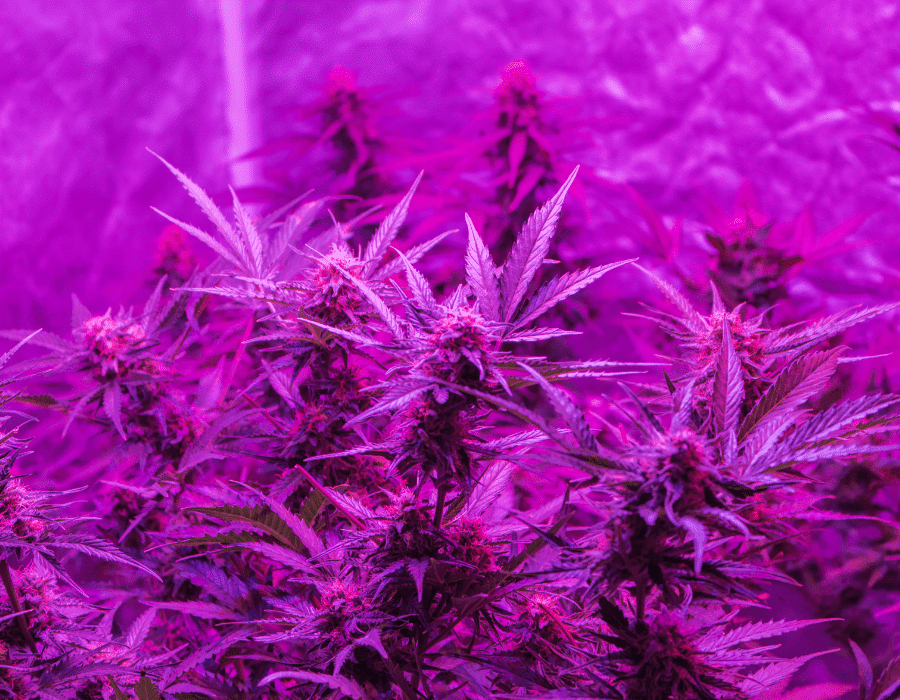Many a grower has looked upon their prospective harvest, their garden teeming with beautiful, trichome-laden buds ready to bend and snap the branches supporting them, and wondered why the magic must end there. The plants are big, strong, and well-structured, so what is stopping the grower from simply pruning off the buds and forcing the plants back into the vegetative stage? As it turns out, very little.
Re-vegging, as it is known, is the act of reverting a flowering cannabis plant back into veg conditions, causing it to transition back into vegetative growth. The most significant factor in reverting plants back into vegetative growth is photoperiod, as it is the transition from 18/6 (18 hours on, six hours off) lighting to 12/12 (12 hours on, 12 hours off) lighting that triggers the flowering stage in the first place.
Thus, it is possible to re-veg your plants once they’ve bloomed (or even mid-bloom), though the results may be less than favourable. Understanding why cannabis plants re-veg, when this phenomenon occurs, and how you can control and actually utilize re-vegging in your garden can prove beneficial and help avoid many common mistakes.
Why Re-veg Cannabis Plants?
There are several reasons why growers may choose to re-veg a plant (or plants), some of which include the hope of increased yields, the preservation of a particular lineage or phenotype, or simply the desire to experiment with a second harvest. Some growers may experience accidental re-veg, a phenomenon usually spurred on by unexpected or unintentional changes to the photoperiod. Whether intentional or accidental, re-vegging cannabis plants is always an interesting experiment.
